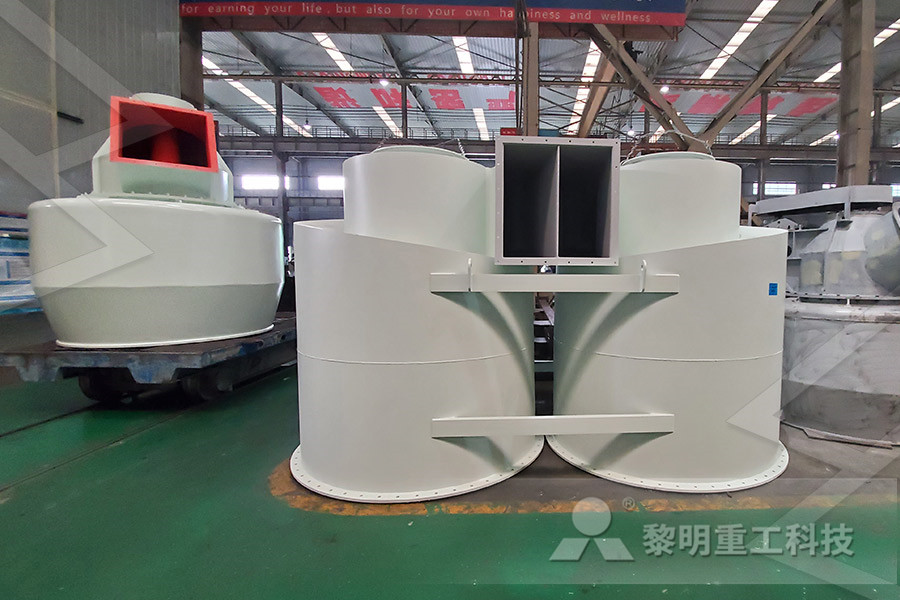
Studying the Mechanism of Metal Extraction with Ionic
Studying the Mechanism of Metal Extraction with Ionic Liquids Dissolution of ionic liquid betainium bis (trifluoromethylsulfonyl)imide into the aqueous phase initiates chemical interactions and distribution of ions between the two liquid phases On the mechanism of metal extraction by hydroxyo ximes Hydrometallurgy, 2: 361370 Recently published results on the extraction kinetics of copper by extractants of the hydroxyoxime type are discussed in terms of the possible rate controlling steps under conditions where mass transfer control is On the mechanism of metal extraction by hydroxyoximes The extraction mechanism of metal ions in wide concentration ranges of extractant is investigated Not only in the low extractant concentration range but also in the high concentration range, the extraction rate is affected by aqueous conditions such as pH and metal concentration Furthermore, the rate is increased with an increase in the extractant concentration below about 2500 mol/m3 and Extraction Mechanism of Metal Ions on the Interface

Kinetics and mechanism of metal extraction with acidic
The extraction mechanism of metal ion by acidic organophosphorus extractant was discussed by taking into account the physicochemical properties of extractant Since the acidity of the extractant is higher than that of chelating agent, the rate of complex formation of metal ion with the extractants is rapid compared to that with the chelating The extraction mechanism of metals into a microcapsule that contains an organophosphorus extractant is estimated from a theoretical calculation It is assumed that the metal extraction progresses Extraction Mechanism of Metal Ions on the Interface The mechanism capitalizes on the fact that charged metal complexes are soluble in ILs; this allows for extraction of charged complexes rather than the neutral species, which are formed by conventional approachesA Novel Mechanism for the Extraction of Metals from

Extraction Mechanism of Metal Ion from Aqueous Solution
We studied the extraction behavior of metal ionic species in aqueous solutions into the hydrophobic ionic liquid, 1butyl3methylimidazolium nonafluorobutanesulfonate ([bmi][NfO]) The extraction ratios (E/%) of Li(I), Na(I), Cs(I), Ca(II), Sr(II), and La(III) species were found to be 39, 24, 50, 81, 79, and 98 This result is similar to the phenomena that the metal ions with larger charge Peculiarities of the extraction of metal ions from aqueous solutions by fibrous polypropylene have been investigated It has been found that metal ion adsorption proceeds owing to the existence of a gasliquidhydrophobic polymer boundary line The process mechanism has been discussedPossible mechanism of metal ion extraction from aqueous The metal extraction mechanism of basic extractants is typically described as an anion exchange process, but this mechanism does not correctly explain all observations This paper introduces a novel model for the extraction of metals by basic extractants from chloride media supported by experimental data on methyltrioctylammonium chloride and Aliquat 336 chloride systemsModel for Metal Extraction from Chloride Media with Basic
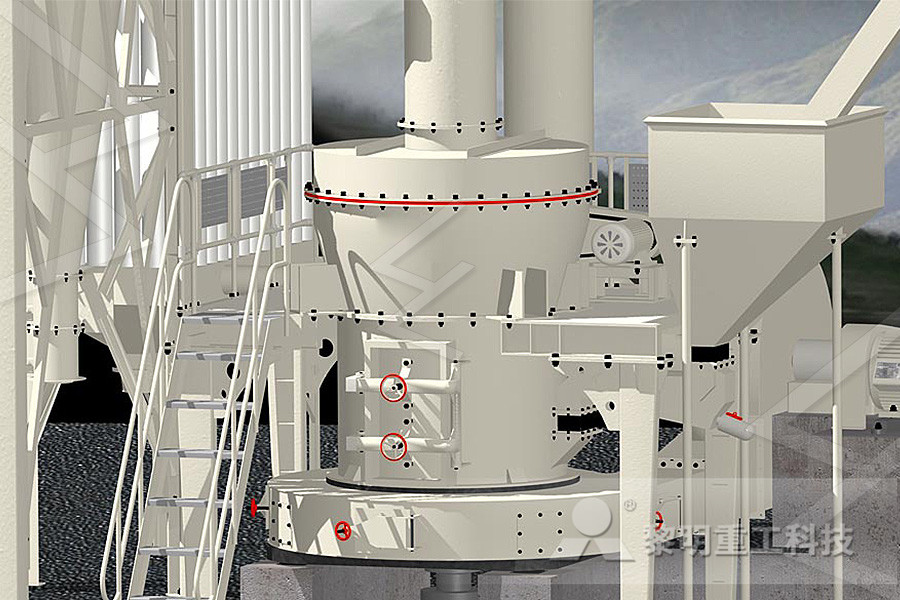
Model for Metal Extraction with Basic Extractants: a
The metal extraction mechanism of basic extractants is typically 6 described as an anion exchange process, but this mechanism does not correctly explain all 7 observations This paper introduces a novel model for the extraction of metals by basic The extraction mechanism of metal ions in wide concentration ranges of extractant is investigated Not only in the low extractant concentration range but also in the high concentration range, the extraction rate is affected by aqueous conditions such as pH and metal concentration Furthermore, the rate is increased with an increase in the extractant concentration below about 2500 mol/m3 and Extraction Mechanism of Metal Ions on the Interface Peculiarities of the extraction of metal ions from aqueous solutions by fibrous polypropylene have been investigated It has been found that metal ion adsorption proceeds owing to the existence of (PDF) Possible mechanism of metal ion extraction from
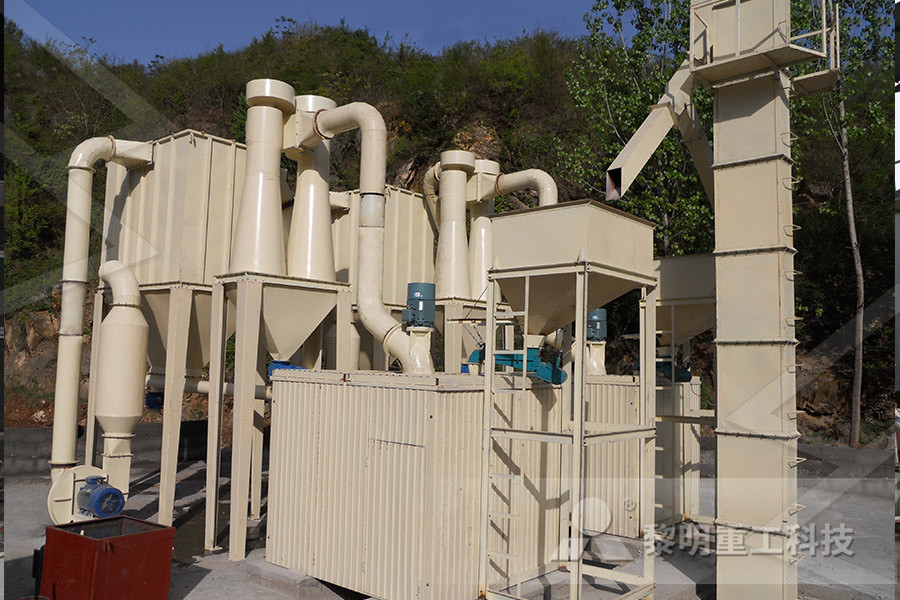
Extraction Mechanism of Metal Ions on the Interface
The extraction mechanism of metals into a microcapsule that contains an organophosphorus extractant is estimated from a theoretical calculation It is assumed that the metal extraction progresses We present a novel mechanism for the extraction of metals from aqueous phases to room‐temperature ionic liquids (ILs) by use of a high‐temperature salt as an extraction agent The mechanism capitalizes on the fact that charged metal complexes are soluble in ILs; this allows for extraction of charged complexes rather than the neutral species A Novel Mechanism for the Extraction of Metals from Chemical Sciences and Engineering Division; Publication Date: Tue Jan 01 00:00:00 EST 2008Extractant aggregation as a mechanism of metal ion
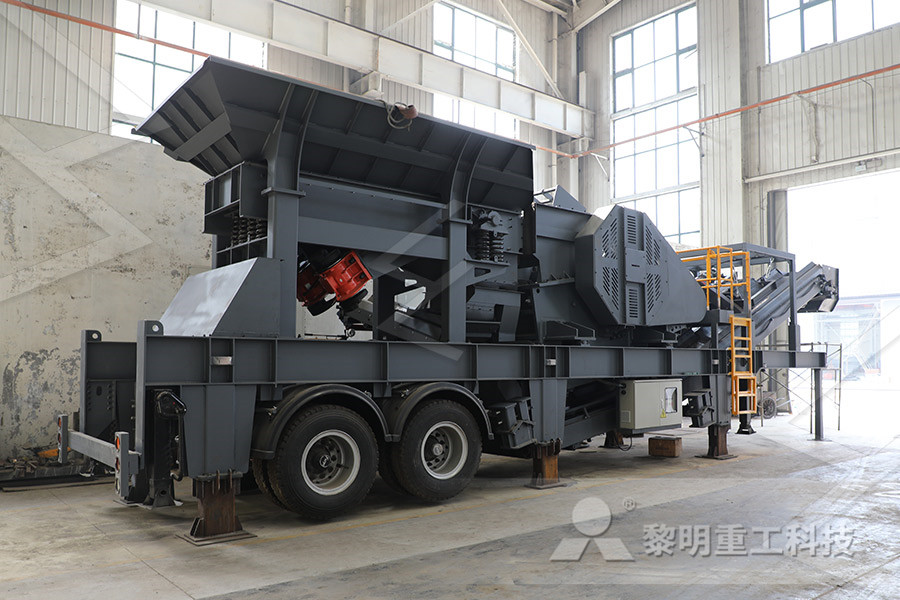
Biomining A Useful Approach Toward Metal Extraction
mechanism for acidsoluble metal sulfides such as contribute to the dominance The optimum pH for the sphalerite (ZnS), chalcopyrite (CuFeS2), or galena (PbS) growth of T ferrooxidans is within the range pH 1825, In the thiosulfate mechanism, solubilization is whereas L ferrooxidans is [en] Extraction of transition metal ions of the 4th period of Periodic system by carboxylic acids in sulfate systems was studied It is shown that depending on composition and physicochemical properties of aqueous phase (pH, the type of metal ion, its complexing properties etc) the solvent extraction may proceed according to two mechanisms: cationexchange or hydrationsolvationMechanism of extraction 4th period of periodic system Remediation Performance and Mechanism of Heavy Metals by a Bottom Up Activation and Extraction System Using Multiple Biochemical ACS Applied Materials Interfaces ( IF 9229) , DOI: Kemeng Xiao,Yunzhen Li,Yang Sun,Ruyue Liu,Junjie Li,Yun Zhao,Heng XuRemediation Performance and Mechanism of Heavy
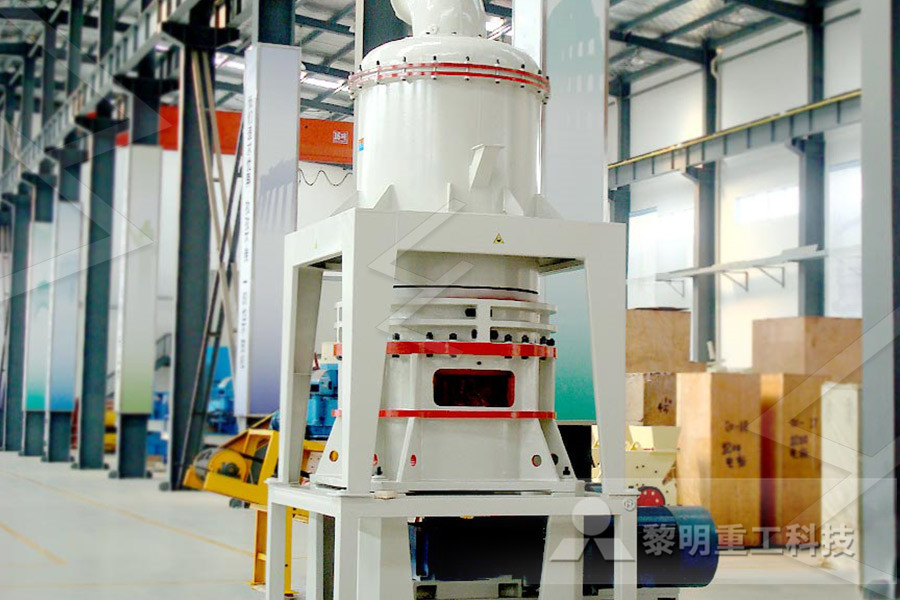
Bioleaching: metal solubilization by microorganisms
Abstract Bioleaching is a simple and effective technology for metal extraction from lowgrade ores and mineral concentrates Metal recovery from sulfide minerals is based on the activity of chemolithotrophic bacteria, mainly Thiobacillus ferrooxidans and T thiooxidans, which convert insoluble metal sulfides into soluble metal sulfatesNonsulfide ores and minerals can be treated by As shown in Table 2, alkali metals, UO22+, Cs+, Sr2+ and lanthanides are most frequently extracted with imidazolium ILs In most cases, extraction of metal ions into the hydrophobic ionic liquid phase is insignificant because metal cations are strongly hydrated in the aqueous phase and affinity of the IL phase to the aqueous one is too smallIonic Liquids in Separation of Metal Ions from Aqueous mechanism for acidsoluble metal sulfides such as contribute to the dominance The optimum pH for the sphalerite (ZnS), chalcopyrite (CuFeS2), or galena (PbS) growth of T ferrooxidans is within the range pH 1825, In the thiosulfate mechanism, solubilization is whereas L ferrooxidans is Biomining A Useful Approach Toward Metal Extraction
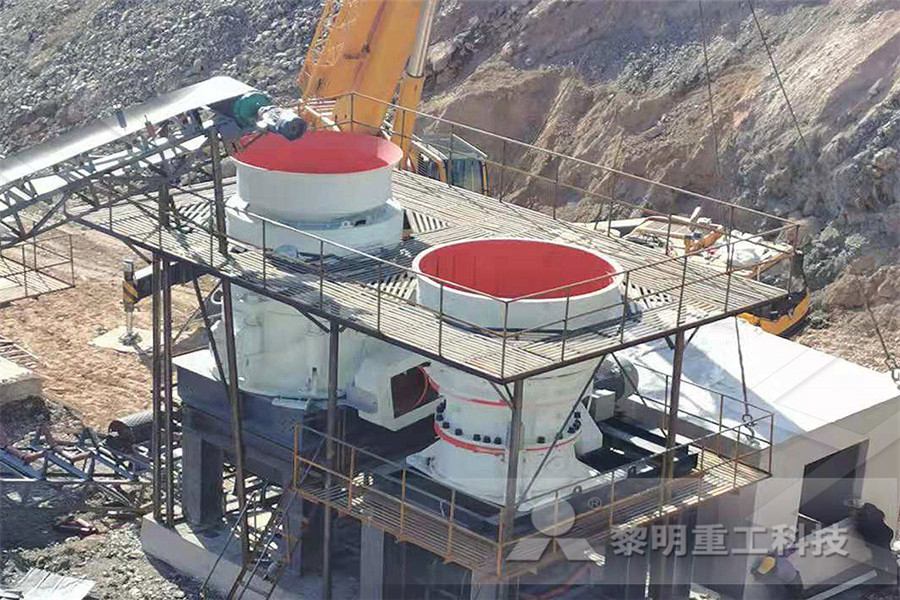
Bioleaching: Extraction of Metals by Microorganisms
The final product for every mechanism is FeSO 4 and H 2 SO 4 DIRECT BIOLEACHING In this type oxidation of metals is done directly, as the microorganisms give electrons to metals (reduced) For this mechanism the main thing is the attachment of microbes (adsorption) to the surface, otherwise, electron transfer will not occur Examples of the As shown in Table 2, alkali metals, UO22+, Cs+, Sr2+ and lanthanides are most frequently extracted with imidazolium ILs In most cases, extraction of metal ions into the hydrophobic ionic liquid phase is insignificant because metal cations are strongly hydrated in the aqueous phase and affinity of the IL phase to the aqueous one is too smallIonic Liquids in Separation of Metal Ions from Aqueous We present a novel mechanism for the extraction of metals from aqueous phases to roomtemperature ionic liquids (ILs) by use of a hightemperature salt as an extraction agent The mechanism capitalizes on the fact that charged metal complexes are soluble in ILs; this allows for extraction of charged complexes rather than the neutral species A Novel Mechanism for the Extraction of Metals from
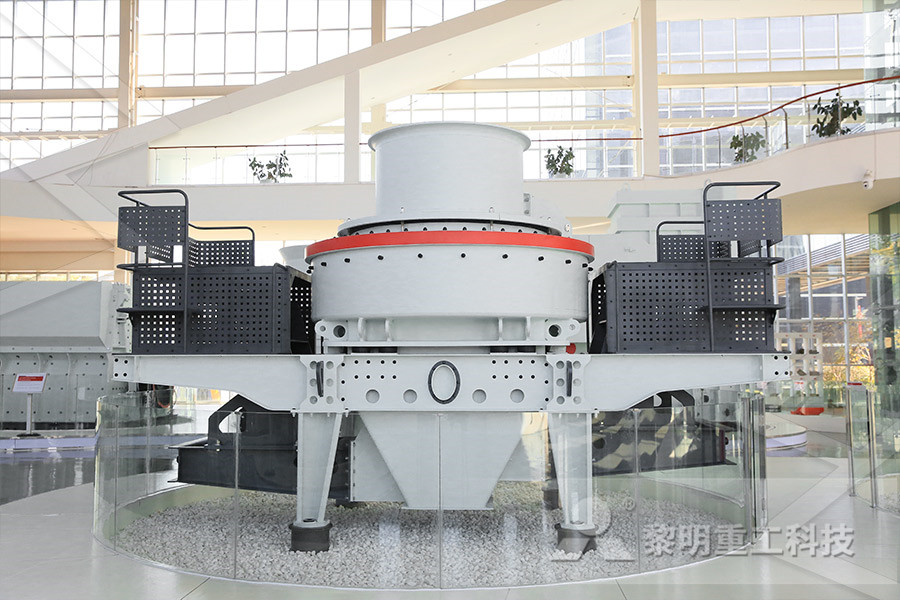
Heavy Metal Ion Extraction Using Organic Solvents: An
as the organophosphorous compounds, are also employed as metal extractants (SainzDiaz et al, 1996) Some examples of solvents applied in heavy metals extraction are: a Di2ethylhexylphosphoric acid (D2EHPA), extensively used as an extractant for the separation of Cu(II) from aqueous solutions (Gherrou et al, 2002; Ren et al, 2007; Cox, Read "Extraction Mechanism of Metal Ion from Aqueous Solution to the Hydrophobic Ionic Liquid, 1Butyl3methylimidazolium Nonafluorobutanesulfonate, Monatshefte für Chemie Chemical Monthly" on DeepDyve, the largest online rental service for scholarly research with thousands of academic publications available at your fingertipsExtraction Mechanism of Metal Ion from Aqueous Solution Chemical Sciences and Engineering Division; Publication Date: Tue Jan 01 00:00:00 EST 2008Extractant aggregation as a mechanism of metal ion
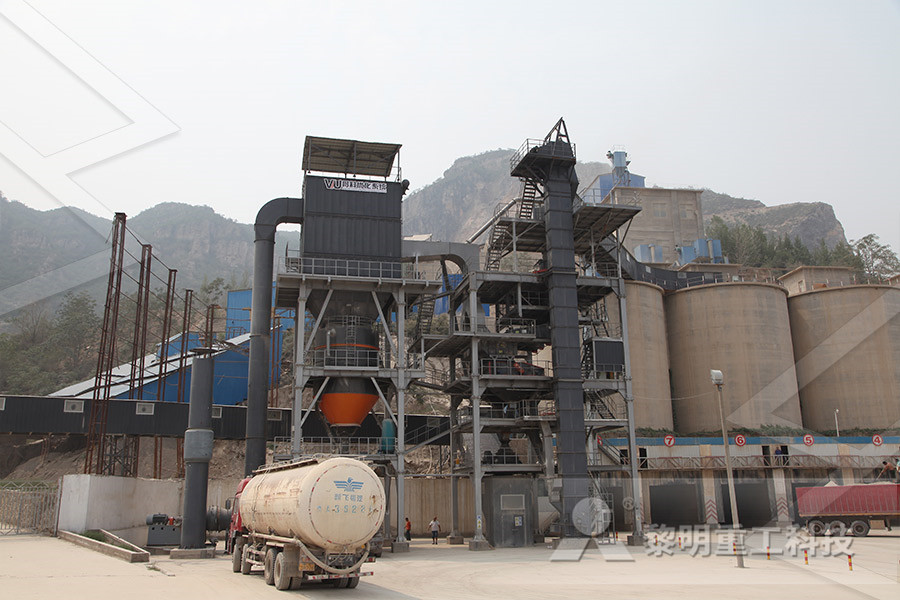
Remediation Performance and Mechanism of Heavy
Remediation Performance and Mechanism of Heavy Metals by a Bottom Up Activation and Extraction System Using Multiple Biochemical ACS Applied Materials Interfaces ( IF 9229) , DOI: Kemeng Xiao,Yunzhen Li,Yang Sun,Ruyue Liu,Junjie Li,Yun Zhao,Heng Xu 1 ACS Appl Mater Interfaces 2017 Sep 13;9(36):3044830457 doi: 101021/acsami7b09520 Epub 2017 Sep 1 Remediation Performance and Mechanism of Heavy Metals by a Bottom Up Activation and Extraction System Using Multiple Biochemical MaterialsRemediation Performance and Mechanism of Heavy mechanism of metal extraction sherplant Liquid–liquid extraction – Wikipedia, the free encyclopedia Another extraction mechanism is known as the ion exchange mechanism Extraction of metalsmechanism of metal extraction erquyvakantienl
- letrature review of stone crusher
- germany qurray hard rock stone crusher machinery
- Dana Warp Mill History
- granite mining business plan
- chille grinder machine indonesia
- fine fine sand crusher machine thailand
- ball mill system for calcium carbonate
- stone crusher priceused
- european jaw crusher manufacturers
- gold mining and stone quarry
- operations of jaw crusher,ball mill johannesburg south africa
- plant for production of ncrete china
- schneider electric online catalog
- hamber mill for pigment powder grinding
- Small Milling Machine Manufacturers
- vsi principio trituradora de impacto
- stone block crusher philippines
- traditional wet ball mill process
- beeswax embossing mill for sale
- how to buy gypsum board manufacturing machine
- Crushing Grinding Machines For Gold Processing Sa
- cgm impact crusher dolomite grinding
- ne crusher hp stone crusher machine
- cassinga mines angola iron ore mining
- ball mills manufacturers indonesia
- cribas vibrantes para molienda
- stone mining mill bekas kapasitas 30t h
- taitung grinding machine crusher flow ne
- salt refining plant crushing amp washing
- Cement Plant Manufacturer Cost Of Pozzolana Cement Plant Equipment
- laboratory ne crusher small Kenya sale
- name of production equipment for quartz
- granite crushing machine made in usa
- small gold mine crusher gold ore crusher hot sale ne crusher
- agitator barrel for mineral processing mixing pulp equipment
- Gold ore Crusher machines price Tanzania
- Stone crushing Plant 406 60tph
- limestone crusher suppliers south africa
- world largest mining equipment manufacturers
- almeida stone crusher in jabalpur
Stationary Crusher
Sand making equipment
Grinding Mill
Mobile Crusher








































